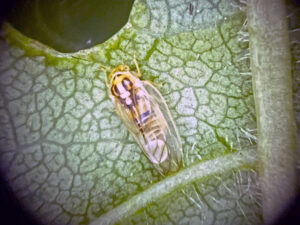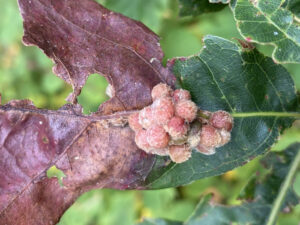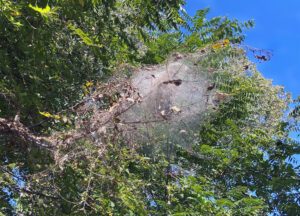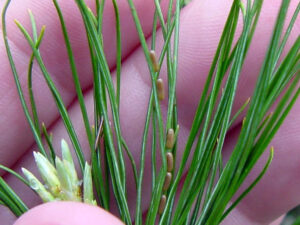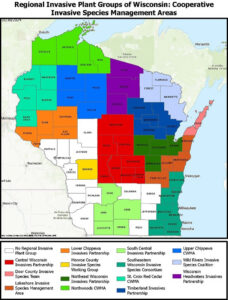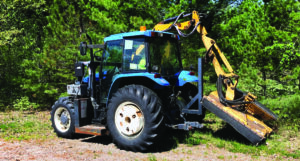
Flail mowers can make work easier and more productive for town crews, but the Wisconsin Department of Natural Resources urges workers and managers to save any work that could damage oak trees for fall and winter, when the risk of the fungal disease oak wilt is minimal. / Photo Credit: Wisconsin DNR
By Art Kabelowsky, DNR Outreach and Communications, Fitchburg;
Arthur.Kabelowsky@wisconsin.gov or 608-335-0167
Do you know of a state, county, municipal or private crew that has been itching to do some work involving oak trees? Or are you a landowner itching to do some oak pruning or cutting?
Well, the time has arrived for smart and safe work on oaks.
It’s important for crews and managers to know that any damage done to oak trees from April 1 through at least mid-July — many say into September — could lead to a quick death for that tree. Frequently, one tree’s infection will also lead to eventual mortality for neighboring oaks.


